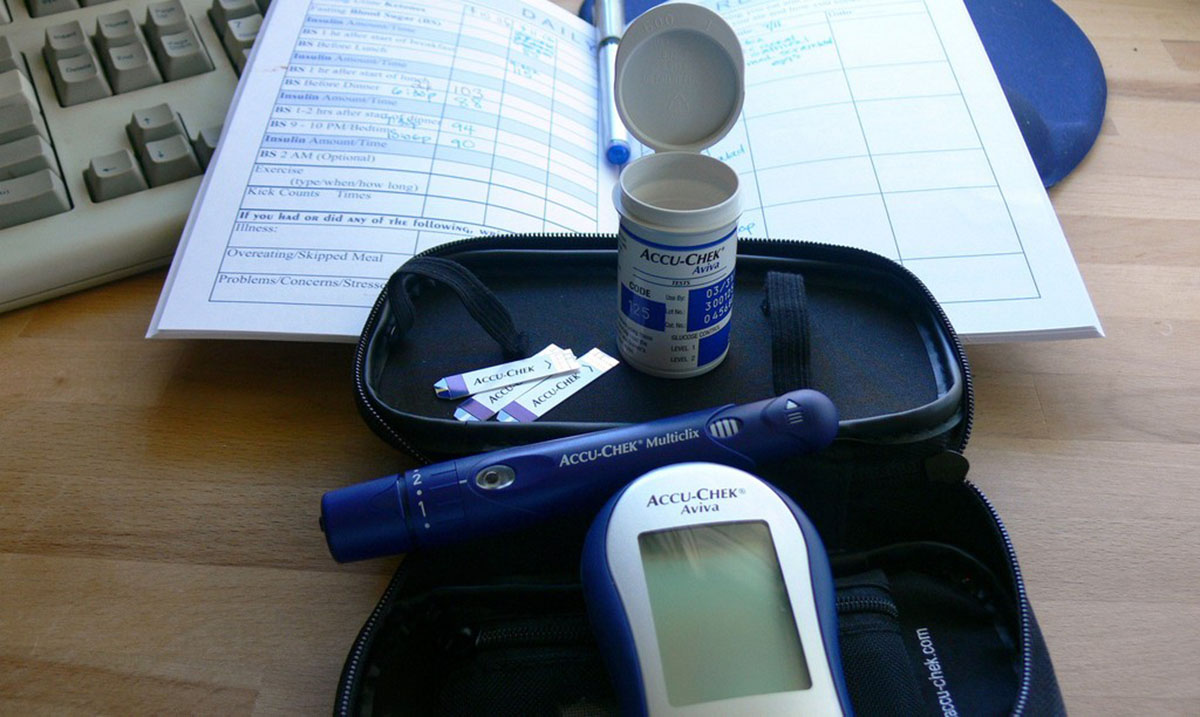Table of Contents
Gestational diabetes can affect both the mother and the baby’s health, causing complications of pregnancy. The complications of this condition on the mother's and baby's health mainly occur secondary to an increased in levels of circulating insulin (which is a growth hormone) in the maternal and thus fetal blood.

First, gestational diabetes can lead to early labor due to increased baby’s size. Glucose enters fetal blood through the placenta and causes the fetus to produce a lot of insulin to use up the excess glucose.
This can lead to difficult labor, shoulder dystocia and possibly fractures. Because the baby might be too large to pass through the birth canal, an episiostomy might be needed for the mother, and in some extremely complicated cases, a cesarean delivery is indicated.
Babies born of mothers with gestational diabetes can also develop post-partum hypoglycemia. In fact, in utero, the increased blood glucose in maternal blood crosses the placenta and affects the baby, leading to increased blood glucose in the fetal blood as well. As a result, large amounts of insulin are released in the fetal blood to adjust the glucose levels.
Thus, the baby might experience post-partum hypoglycemia that might take a couple of days to week to be corrected.It is also known that babies born of mothers with gestational diabetes are at higher risk of developing obesity and diabetes later in life.
Lastly, in mothers who developed gestational diabetes during pregnancy, there is an increased possibility of them developing Type 2 diabetes after delivery. Therefore, maternal blood sugar levels need to be monitored before leaving the hospital and six weeks after childbirth.
How to Avoid Gestational Diabetes
Gestational diabetes can be avoided, even for women at high risk. Here are some tips and advices to decrease your risk of developing gestational diabetes:
- Adopt a healthy diet: eating healthy is by far the most important way to control your blod sugar during pregnancy. There is no doubt that with pregnancy comes an increase in calories need and intake; however this should still be monitored and one should have a preference for fruits, vegetables and foods rich in folic acid. However, too high in carbohydrates and fats should be avoided. Cravings are a completely normal occurrence during pregnancy, but always aim at eating as less sweets and snacks as possible. Furthermore, plan your meals accordingly to avoid skipping any.
See Also: Exercise And Pregnancy: Are There The Benefits For Diabetics?
- Exercise: Daily activity can help control your blood glucose levels. Walk, swim, or do do some yoga.
- Monitor your weight gain: Although it is normal and essential for a woman to add some weight during pregnancy, you should try to monitor your weight to avoid obesity which could lead to insulin resistance, and hence diabetes.
- Photo courtesy of Daniel Lobo by Flickr : www.flickr.com/photos/daquellamanera/4359104015
- Photo courtesy of Jessica Merz by Flickr : www.flickr.com/photos/jessicafm/187457292

